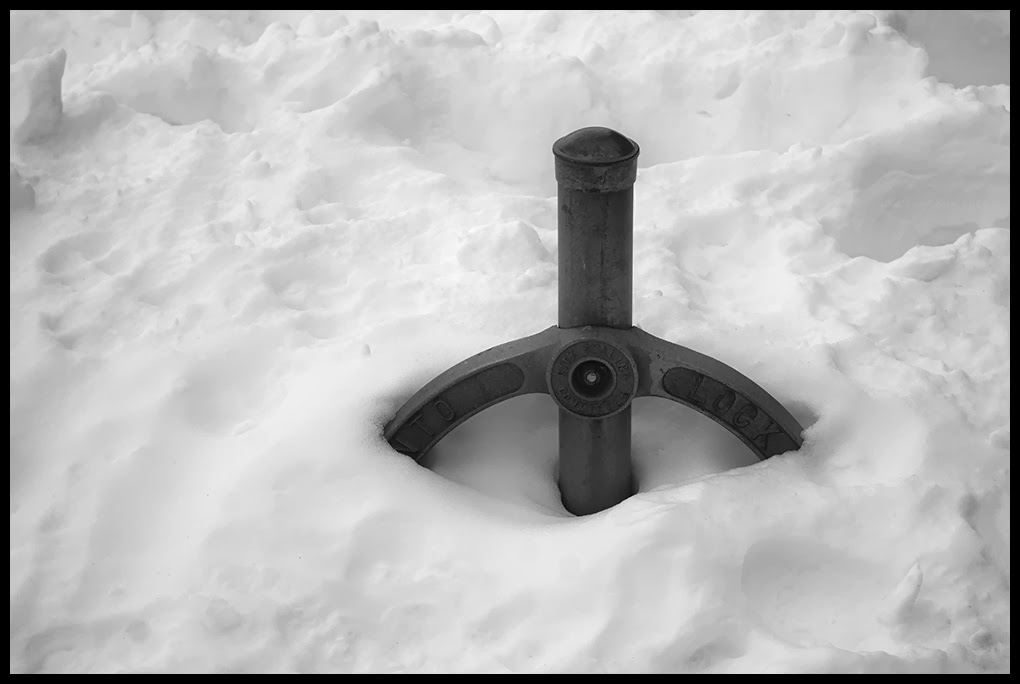Thanks to reader Ferdinand, who alerted me of an Olympus E-M5 for sale on Kijiji; I am now the proud owner of a mint condition E-M5 with roughly 4000 shutter actuations. The camera came in the silver/black colour though I would prefer it all black, but given the good price, I won't complain. Before buying this camera, I was debating whether to buy the E-M10 or a used E-M5, or the Fuji X-E1/X-E2. In the end, I decided that the 5-Axel In-Body Stabilization of the E-M5 is more important to me.
The camera immediately presented me with challenges. I am so used to the NEX UI, especially the NEX-6 which I have been using almost exclusively for a year. Compared to the E-M5, which has one of the most complicated configuration options, the NEX-6 is a simple camera. It took me a while to find the magnify feature for manual focus lenses. The configuration options of the E-M5 is simply mind boggling, and confusing. But I was able to set up the fn2 button as the magnify button and it works reasonably well. This is pretty much all I need for the time being.
Bokeh - E-M5 & Kern-Paillard Switar 75mm f1.9. Click for larger.
In some ways, I prefer how the NEX-6 works over the E-M5. For example, the magnify feature. On the NEX-6, press the magnify button, and the screen is magnified; on the E-M5, you have to double press the magnify button to activate it, and press it again to magnify. Frustratingly, if you access the menu, it needs the double press again to re-activate. Also, I think the "Play" button on the E-M5 is in the wrong place; I had to loosen the grip in order to press this button to review pictures. Furthermore, if I use the EVF for focusing and then take the picture, then remove my eye from the EVF, the review picture is gone, from both the LCD and the EVF. On the NEX-6, the picture stays on either the EVF or LCD for as long as it's set to, or until you press the shutter button. Very inconvenient if you do a lot of chimping, because you would have to press the "Play" button to review the pictures, which adds more grief due to the placement of the "Play" button. While I am at it, I despise the placement of the power button. It's more logical to put it where the shutter button is, like the NEX-6, because you can easily turn the camera on or off using one finger without loosening the grip on the camera.

Rust, out of camera jpeg - E-M5 & Kern-Paillard Switar 75mm f1.9. Click for larger.
Overall, I find the NEX-6 as a more responsive camera then the E-M5, and it has a better grip which makes it a lot easier to hold, but there are a lot of things I like about the E-M5.
The shutter sound on the E-M5 is the most beautiful I have heard in a camera. Quiet, silky, soothing; like the voice of an angel. It instills an emotional bond that attaches to every picture I take, and adds joy to the process of picture making. Simply lovely. I don't know if I can stand the sound of the NEX-6 again, or the even more ugly shutter sound of the 5D Mark II.
The 5-Axel In-Body Stabilization is fantastic, and rivals that of lens based systems. It's the main reason I bought this camera. I had a Pentax K10D, which also had an In-Body Stabilization, but I could not see or feel the effect, like I could with a Canon Image Stabilized lens, and therefore I could not gauge the effectiveness and was less confident about its usefulness. The E-M5 on the other hand, allows me to see the effect on the screen, just like the lens based ones do, and it minimizes the shake in the viewfinder, which in turn helps with long lenses when focusing. This feature alone is worth getting the camera.
I also like the jpeg files out of the E-M5. Olympus has one of the best jpeg engines on the market. They look like they came out of a dedicated RAW converter. I will be shooting RAW+JPEG from now on.
I think I will get a long well with the E-M5.\
Blue Pails - E-M5 & Kern-Paillard Switar 75mm f1.9.



















































